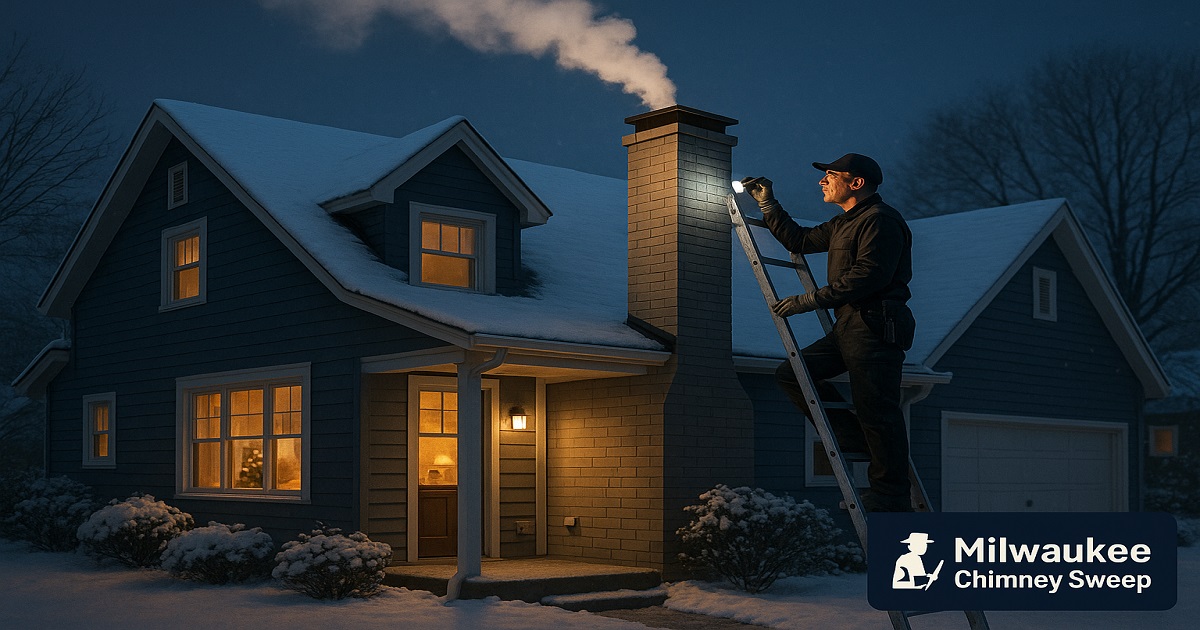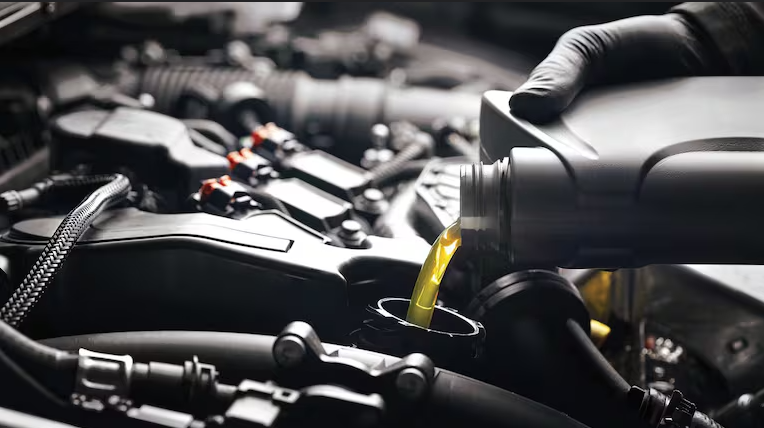Shopping for a home in Milwaukee or looking to update your fireplace? You might not think much about what’s inside your chimney, but the liner is a big deal. It’s not something you see every day, but it plays a huge role in keeping your home safe, warm, and comfortable. Whether you’re a first-time homebuyer or you’re just curious about what goes on behind the bricks, knowing a few things about chimney liner can save you headaches down the road. Here’s a friendly guide to help you ask the right questions before making a decision.
Key Features: What Should a Good Chimney Liner Have?
Not all chimney liners are created equal. When you’re checking out a house or talking to a chimney professional, make sure to ask what type of liner is installed. Is it metal, clay, or a poured-in-place kind? Each has its own perks and drawbacks. For instance, stainless steel liners are popular because they last a long time and handle different fuels well. Clay liners are old-school but can crack over time, especially in our chilly Wisconsin winters.
Another thing to find out: how recently was the liner installed? Chimney liners don’t last forever, and older ones might already be showing their age. If the house has an older fireplace, see if the liner has ever been replaced or upgraded. And don’t forget to ask about the liner’s size. It needs to match the appliance (like your furnace or fireplace) it’s venting, or you might end up with smoke problems or, worse, safety issues.
| Liner Type | Durability | Best For |
|---|---|---|
| Stainless Steel | 20+ years with good care | Wood, gas, and oil appliances; easy upgrades |
| Clay Tile | 15-20 years, can crack in cold | Older homes, traditional fireplaces |
| Cement / Cast-In-Place | Up to 50 years | Major repairs, extra insulation needs |
Safety First: What’s the Liner Doing for Me?
The chimney liner isn’t just a fancy extra—it’s your home’s first line of defense against fire and toxic gases. It keeps flames and hot smoke from damaging the brickwork, and it stops dangerous fumes like carbon monoxide from sneaking into your living space.
Ask if the liner has ever been inspected for cracks or gaps. Even a tiny break can turn into a major problem. In Milwaukee, where winter gets intense, freezing and thawing can be rough on liners. See if the liner has been checked after harsh weather or before the heating season starts. It’s also good to know if the liner is rated for the fuel you use—burning wood in a liner meant for gas isn’t safe!
“A good chimney liner doesn’t just keep the heat in—it keeps danger out. Ask about it before you buy, and you’ll thank yourself every winter.”
Cost: What’s the Real Price Tag?
Price is always part of the conversation. Chimney liners come in at all sorts of price points, depending on their material, size, and how tricky they are to install. Stainless steel liners tend to cost more upfront but usually require less maintenance. Clay liners are cheaper to install but can be pricier to repair if something goes wrong.
Don’t just look at the installation cost—ask about the long-term expenses. Will this liner need regular checkups or future repairs? Are there warranty options in case something happens? Sometimes, spending a little more at the start means you save money (and stress) down the line.
Emergency Service: Who Can Help if There’s a Problem?
No one wants to think about emergencies, but a blocked or damaged liner can lead to smoke backing up or, in the worst case, a chimney fire. Before you buy, find out if there’s a trusted local company that can help in a pinch. Does the installer offer round-the-clock emergency service? Can they come out during Milwaukee’s snowy season if something goes wrong?
If you’re moving into a new place, get the name of the last company that serviced the chimney. Having a go-to expert on speed dial is a lifesaver—literally—when something unexpected comes up. And if you’re still in the shopping stage, ask your realtor or the seller for recommendations.
FAQs: Chimney Liners in Milwaukee
Q: How often should I have my chimney liner checked?
A: Once a year is a good rule of thumb, especially before winter. Milwaukee’s freezing temps can be tough on liners!
Q: What signs suggest my liner needs replacing?
A: Look out for crumbling bits in your fireplace, strange smells, or smoke backing up. If you see any of these, call a pro.
Q: Can I install a new liner myself?
A: It’s best to let a certified chimney technician handle it. A bad install can cause safety issues and might not meet local codes.
Q: Is a metal liner better than a clay one?
A: Metal liners (especially stainless steel) last longer and are easier to fix, but the right choice depends on your chimney and what you burn.
Wrapping Up:
Asking the right questions about chimney liners can make a big difference in your Milwaukee home buying experience. Don’t be shy about bringing up liner type, age, safety checks, costs, and emergency services. A solid liner means safer, cozier nights by the fire—and one less thing to worry about when winter rolls in. So before you sign those papers, make sure you know what’s going on inside that chimney!
Read More: Milwaukee Chimney Sweep


